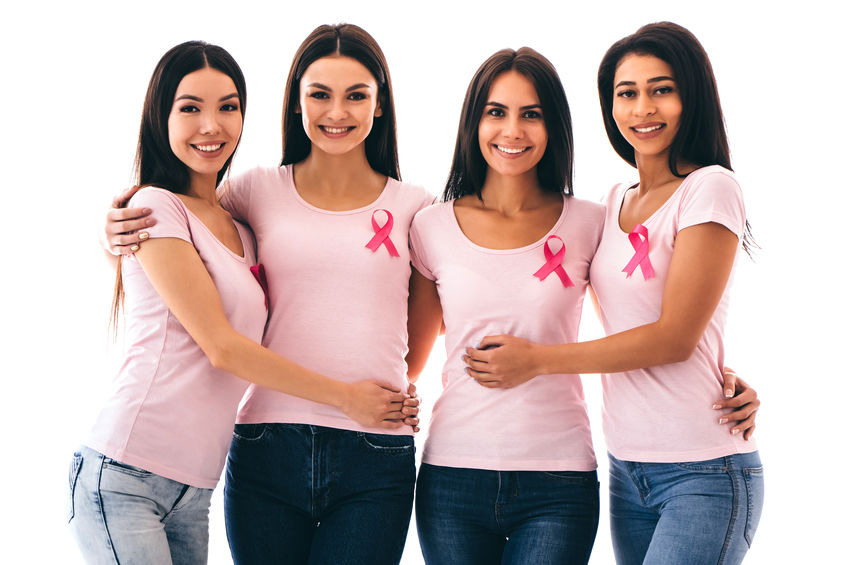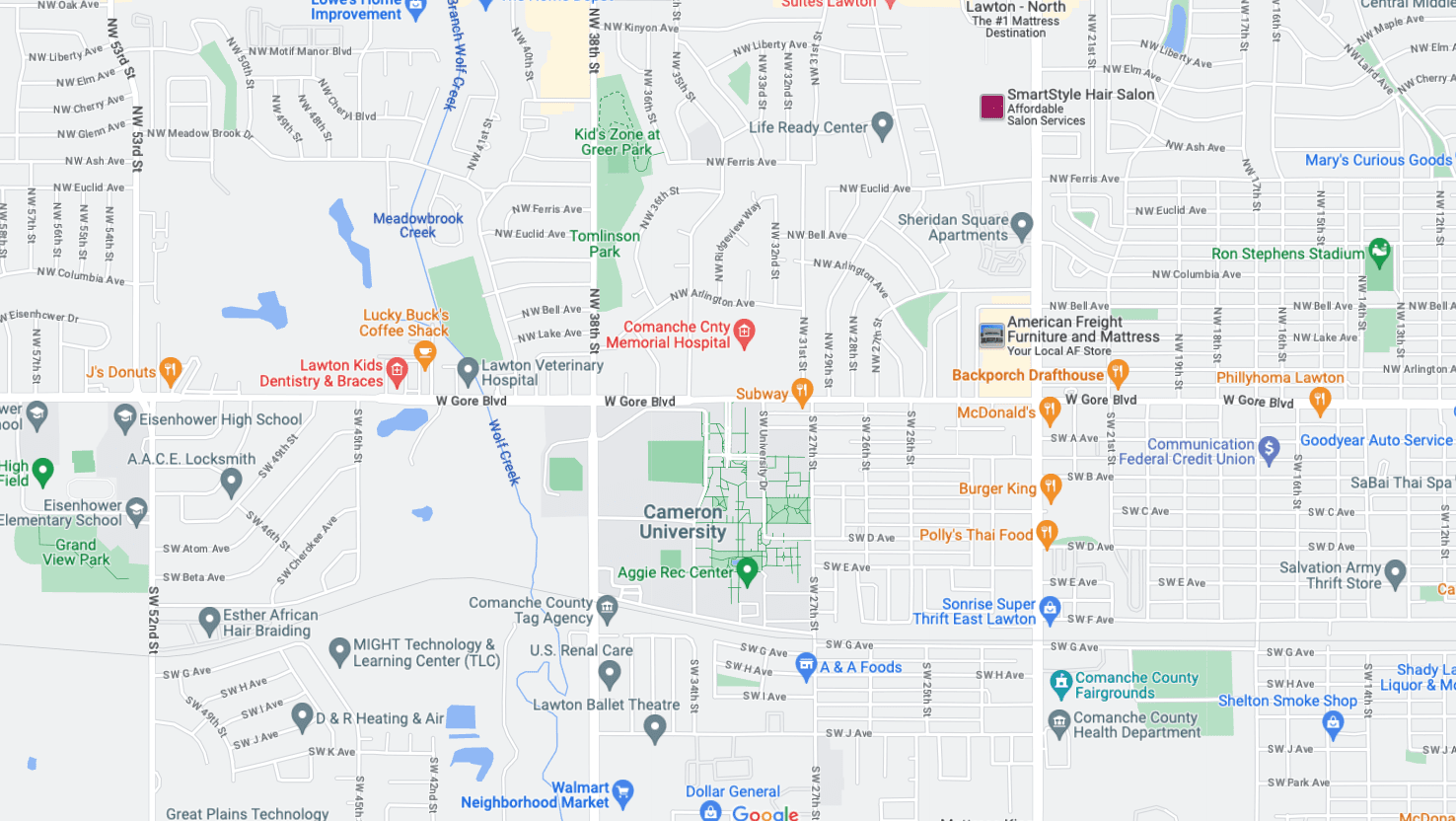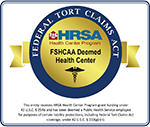Breast Cancer Awareness
A screening mammogram can find breast cancer early, which gives women many more treatment options than when cancer is found at a later stage. It is the only test proven to reduce breast cancer mortality.
However, up to 15% of mammograms may be a false negative, meaning that cancer is present but not detected by the mammogram.
Ultrasound and MRI are other tests that can help find breast cancer that can’t be seen on a mammogram, however, they show more findings that are not cancer and can lead to unnecessary biopsies. They also do not detect every cancer. No single breast cancer screening tool detects 100% of breast cancers.
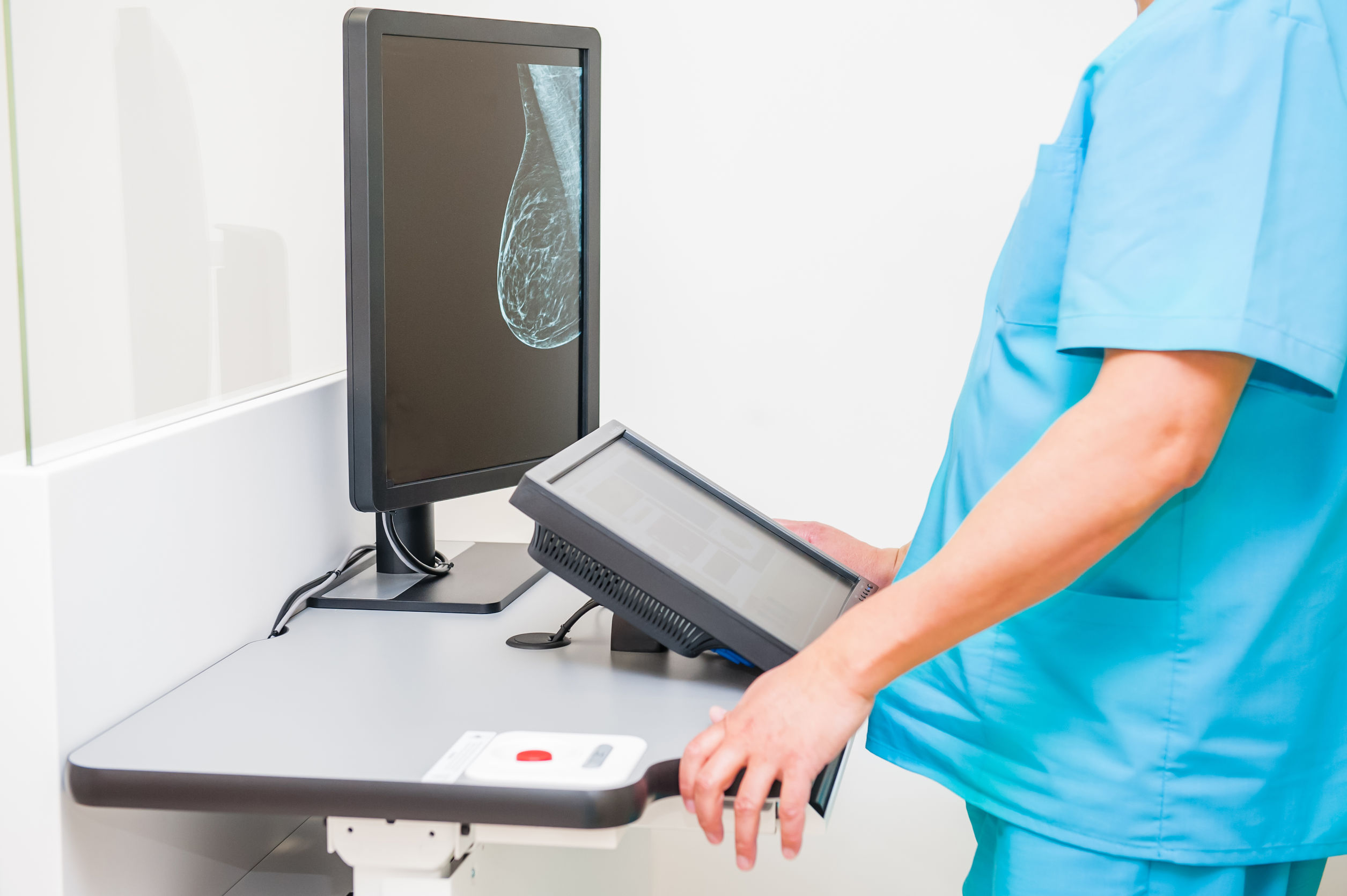
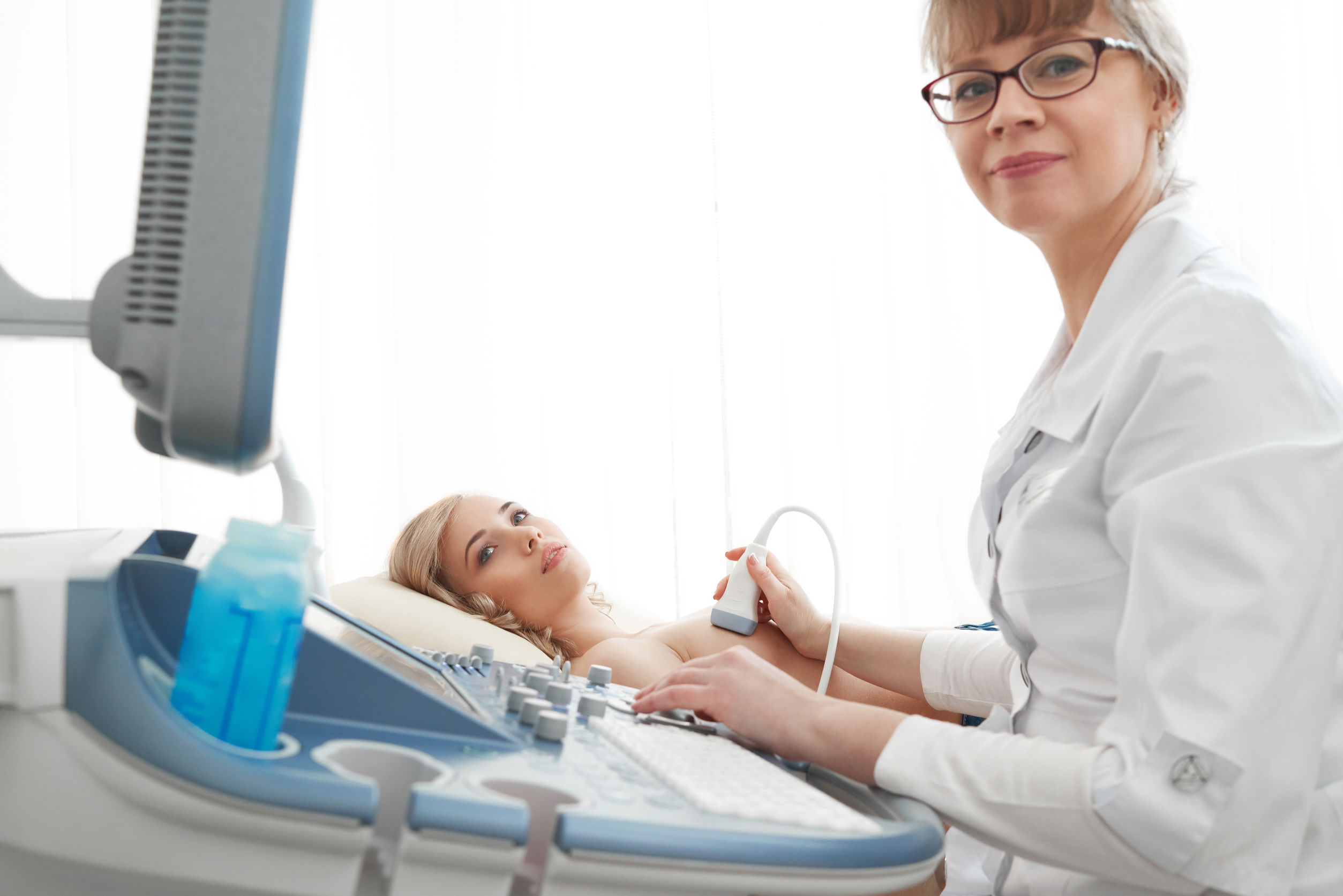
The breast is composed of fibroglandular tissue and fatty tissue. If a woman has more fibroglandular than fatty tissue in her breast, her breast tissue is considered dense. The reason this is important is that dense breast tissue can mask or hide breast cancer on a mammogram.
50% of women have dense breast tissue.
3D mammogram improves our ability to see through dense tissue and detect small cancers.
We perform a risk assessment on every patient, also taking into account the breast density, to determine which women may need additional screening with breast MRI.
What Can Women Do?
Have a yearly mammogram starting at age 40.
National Comprehensive cancer network (NCCN) recommends women practice breast self-awareness-
- Be familiar with your breasts and report any changes to your doctor.
- Know your family history.
- Know your breast density.
- Maintain a healthy weight and limit alcohol consumption.
If you are feeling a lump in your breast, see your doctor. You may need a diagnostic mammogram and ultrasound.
